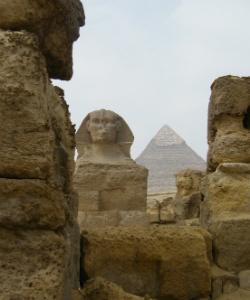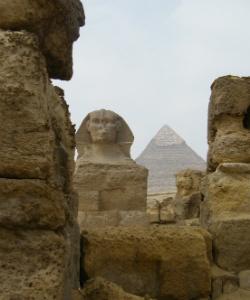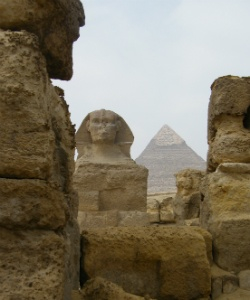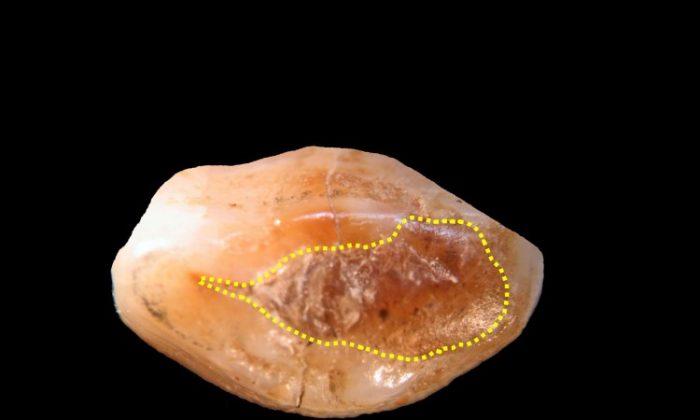Analysis of deep sediments around the Nile River in Egypt has shown a massive drought 4,200 years ago contributed to the end of Egypt’s pyramid-building era, according to a new U.S. study.
A team of researchers looked at fossilized pollen and microscopic charcoal in a sediment core spanning 7,000 years of history, and compared changes with archaeological and historical records.
“The study geologically demonstrates that when deciphering past climates, pollen and other micro-organisms, such as charcoal, can augment or verify written or archaeological records—or they can serve as the record itself if other information doesn’t exist or is not continuous,” explained study co-author Benjamin Horton at the University of Pennsylvania in a press release.
The team used charcoal as an indicator of drought-associated fires, predicting a decline in wetland pollen and an increase in charcoal during arid conditions.
They found four such events occurred between 3,000 and 6,000 years ago, in particular a dramatic global drought around 4,200 years ago that caused famines, affecting ancient Egypt and probably other Mediterranean cultures.
“Our pollen record appears very sensitive to the decrease in precipitation that occurred in the mega-drought of 4,200 years ago,” said study co-author Christopher Bernhardt at the U.S. Geological Survey (USGS) in the release.
“The vegetation response lasted much longer compared with other geologic proxy records of this drought, possibly indicating a sustained effect on delta and Nile basin vegetation.”
Two other significant droughts were evident—one around 5,000 years ago and the other around 3,000 years ago. The records mention the older drought occurring when Upper and Lower Egypt were unified, while the more recent one happened in the eastern Mediterranean with famines in the Babylonian and Syrian Kingdoms.
“Even the mighty builders of the ancient pyramids, more than 4,000 years ago, fell victim when they were unable to respond to a changing climate,” said USGS Director Marcia McNutt in the release.
“This study illustrates that water availability was the climate-change Achilles’ heel then for Egypt, as it may well be now, for a planet topping 7 billion thirsty people.”
The findings were published in the journal Geology last month.
The Epoch Times publishes in 35 countries and in 19 languages. Subscribe to our e-newsletter.





